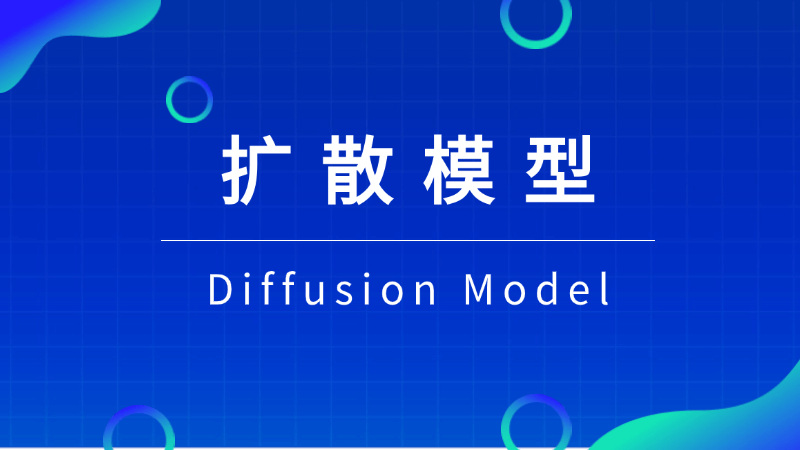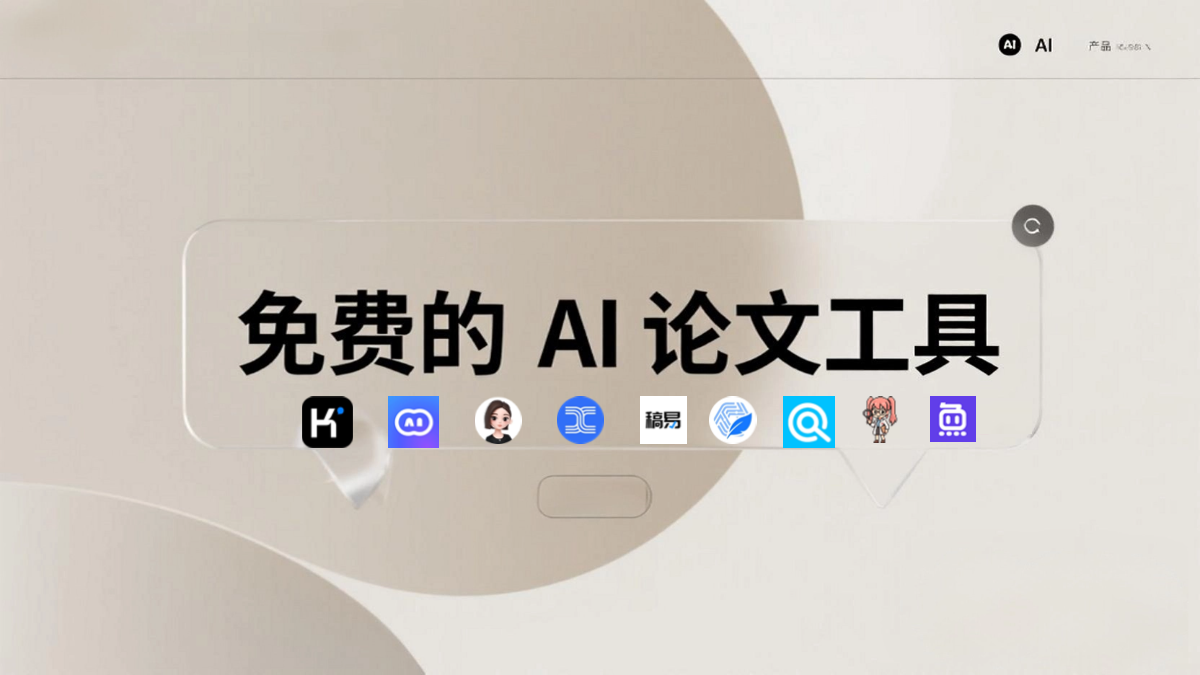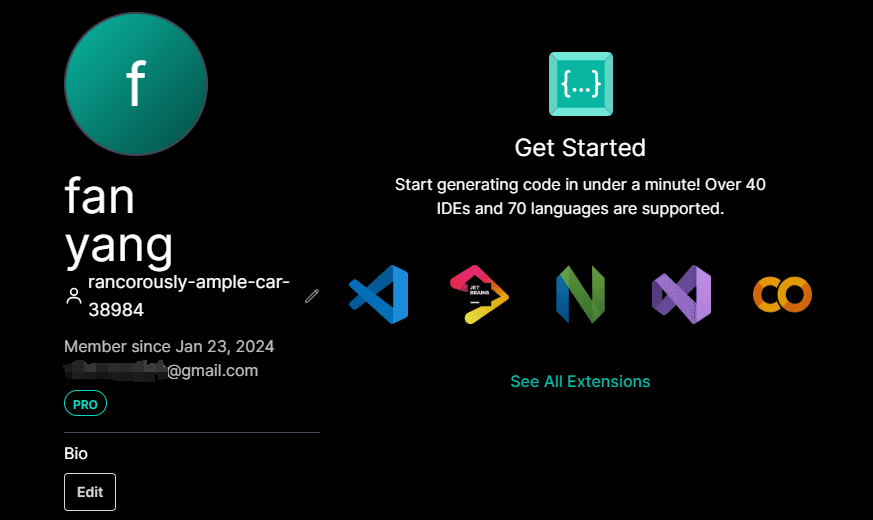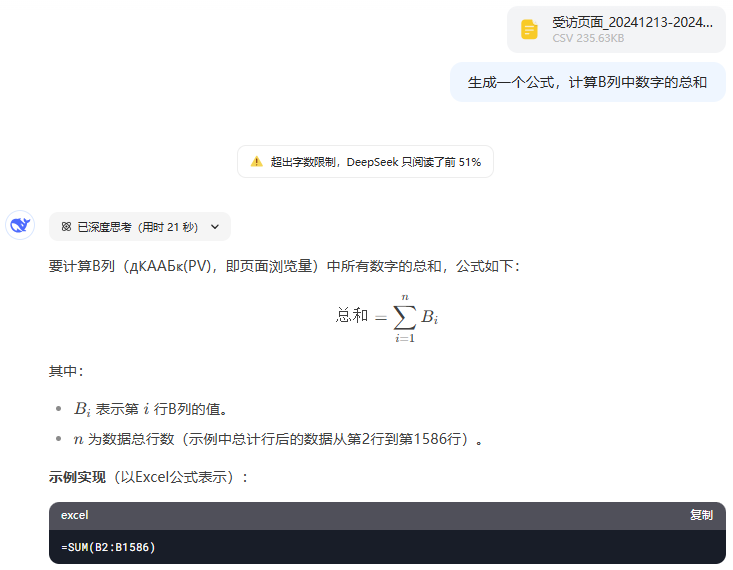Diffusion Model (Diffusion Model) what is it, an article to read and understand
Definition of diffusion modeling
Diffusion Model (Diffusion Model) is a generative model specialized for creating new data samples such as images, audio or text. The core of the model is inspired by the diffusion process in physics, which simulates the natural diffusion of particles from a region of high concentration to a region of low concentration. In the field of machine learning, diffusion models enable data generation through two key stages: the forward process and the reverse process. The forward process involves the gradual addition of noise to the original data, using Gaussian noise to slightly corrupt the data at each step until the data is completely transformed into random noise. This process can be thought of as the gradual blurring of a clear image into a meaningless static picture. The reverse process learns how to reconstruct the original data from the noise, generating realistic new samples by training a neural network to predict the noise removal operation at each step. The mathematical foundations of the diffusion model are rooted in stochastic processes and probability theory, particularly Markov chain theory, where the transitions at each step depend only on the state of the previous step. This approach has the advantage of generating high-quality data and avoids the pattern collapse problem of some traditional generative models such as generative adversarial networks. Diffusion models have risen rapidly in the field of artificial intelligence since the 2020s, becoming an important tool for tasks such as image synthesis and audio processing, and are designed to embody the philosophical concept of restoring order from chaos.

Historical background of diffusion modeling
- Origins of Physics: The concept of diffusion modeling was originally borrowed from nonequilibrium thermodynamics, describing the natural laws of diffusion of matter. in the mid-20th century, the study of Brownian motion by scientists such as Albert Einstein laid the groundwork for theories of stochastic processes, which were later adapted by computer scientists for use in data modeling.
- Early machine learning attempts: Around 2015, researchers began to apply diffusion ideas to generative models. For example, Jascha Sohl-Dickstein et al. first proposed diffusion-based probabilistic models for simple data generation, but it did not attract widespread attention at that time due to the limitation of computational resources.
- critical breakthrough phase: In 2020, the paper Denoising Diffusion Probabilistic Models by Jonathan Ho et al. brought diffusion models into the mainstream, demonstrating performance comparable to GANs on image generation tasks through improved training efficiency. This phase was facilitated by the development of deep learning hardware, such as the popularity of graphics processors (GPUs).
- Industry applications on the rise: In subsequent years, diffusion models were integrated into large-scale projects such as OpenAI's DALL-E series and Stable Diffusion, which applied the models to artistic creation and commercial design, pushing the technology from the lab to the mass market.
- Current developments: Today, diffusion models are a core component of generative artificial intelligence (AI), and the open source community and large tech companies continue to optimize the models, expanding into areas such as video generation and scientific simulation, in a historical process that shows their rapid evolution from theoretical concepts to practical tools.
Fundamentals of Diffusion Modeling
- Forward noise addition process: The diffusion model starts with a clear sample of data, such as an image. The forward process gradually adds Gaussian noise through multiple iterations with a controlled amount of noise at each step, eventually transforming the data into a completely random noise distribution. This stage simulates data degradation, involves no learning, and is based only on fixed mathematical rules.
- Reverse denoising reconstruction process: The reverse process is the core learning part of the model, where the neural network is trained to predict the noise added during the forward process. By starting with pure noise, the model progressively applies denoising operations, each step based on the current state estimation of how to restore the data, and ultimately generate new samples. The process relies on probabilistic reasoning to ensure diversity and realism in the output.
- Markov chain framework: The diffusion model is constructed on Markovian assumptions, i.e., the state of each step depends only on the previous step, simplifying the computational complexity. This chained structure allows the model to efficiently process high-dimensional data, such as image pixels, without global optimization.
- Noise scheduling strategy: The model uses a noise scheduling function to control the noise intensity in the forward process, usually with a linear or cosine schedule that balances training stability and generation quality. Proper scheduling accelerates convergence and avoids premature or late noise interference.
- Loss function design: When training diffusion models, the loss function is based on the difference between the predicted noise and the true noise, and the mean square error (MSE) is commonly used to minimize the error. This design allows the model to focus on the denoising task rather than directly generating data, improving robustness.
Training methods for diffusion models
- Data preprocessing steps: Before training begins, the raw data needs to be normalized, e.g., by normalizing the image pixel values to a specific range. This step ensures mathematical consistency of noise addition and removal and reduces the problem of numerical instability during training.
- Iterative training loop: The training process involves a large number of iterations, where one sample at a time is sampled from the dataset, a forward process is applied to generate a noisy version, and then the neural network is trained to predict the noise. The cycle is repeated millions of times until the model converges and the generation quality stabilizes.
- Network Architecture Selection: Diffusion models often use U-Net (an encoder-decoder architecture) or Transformer architectures as the backbone network, which excel at capturing multi-scale features.The encoder-decoder design of U-Net is particularly well suited for denoising tasks, preserving spatial information.
- Optimization Algorithm Application: Training uses stochastic gradient descent (SGD) or adaptive moment estimation (Adam) optimizers to tune the network parameters. Learning rate scheduling strategies, such as warm-up and decay, help avoid local optima and improve training efficiency.
- Assessment and Optimization Mechanism: During training, quality metrics such as Fréchet Inception Distance (FID) scores of the generated samples are monitored using the validation set. Hyperparameters, such as batch size or noise level, are adjusted based on feedback to ensure the model's ability to generalize.
Application Scenarios for Diffusion Modeling
- Image generation and editing: Diffusion modeling is widely used to create photorealistic images, e.g. for artistic creation or photo enhancement. Tools such as Stable Diffusion allow users to enter textual descriptions to generate corresponding visual content, and also support editing tasks such as image restoration and super-resolution.
- Audio synthesis and processing: In the audio domain, models generate music, speech, or sound effects for applications in the virtual assistant and entertainment industries. For example, diffusion models remove background noise from recordings or synthesize natural speech dialog.
- Medical Image Analysis: The medical field utilizes diffusion models to generate synthetic medical images, such as magnetic resonance imaging (MRI) scans, to help train diagnostic algorithms without violating patient privacy. The models can also enhance low-quality images to assist physicians in identifying lesions.
- Games and Virtual Reality: Diffusion modeling in game development generates scene or character textures in real time to enhance immersion. Virtual reality environments use models to create dynamic content and reduce manual design costs.
- Scientific research simulation: In physics or chemistry, models simulate molecular structure diffusion or climate patterns, providing data-driven insights. These applications accelerate experimental processes and reduce the risk of real-world testing.
Advantageous features of the diffusion model
- Generate high-quality output: Diffusion models produce samples with a richness of detail and realism that often surpasses other generative methods such as Generative Adversarial Networks (GANs). The high quality stems from a gradual denoising process that avoids pattern collapse and ensures data diversity.
- High training stability: Compared to the adversarial training of GAN, the diffusion model uses a deterministic loss function, reducing the risk of pattern collapse. The training process is more controllable and the convergence behavior is predictable, reducing debugging difficulty.
- Flexibility and Scalability: The modeling architecture adapts to a wide range of data types, such as images, videos, and three-dimensional (3D) models. Scalable to large-scale datasets with varying complexity requirements by adjusting the noise step or network depth.
- have a solid theoretical foundation: Diffusion models are based on rigorous probabilistic and stochastic processes with a transparent mathematical framework. This feature promotes academic research, facilitates improvement and validation, and enhances reliability.
- User Friendly Interaction: Many diffusion modeling tools integrate simple interfaces, such as text-to-image generation, that can be used by the general public without specialized knowledge. Openness promotes creative expression and lowers the barrier to using AI technology.
Challenges and limitations of diffusion modeling
- High computing resource requirements: Training and inference of diffusion models requires large amounts of graphics processor (GPU) memory and time, limiting individual users or small-scale applications. Each denoising step involves complex computations that increase hardware costs.
- Slower generation: Due to multi-step iterations, diffusion models generate samples at a lower rate than single-step models such as Variational Autoencoder (VAE). Real-time application scenarios, such as video streaming, face latency problems.
- Risk of inadequate modal coverage: Although diversity is generally good, the model sometimes misses rare patterns in the training data, leading to biased generation of samples. This limitation needs to be mitigated by more data or regularization techniques.
- Noise Dispatch Sensitivity: Model performance is highly dependent on noise scheduling choices, and improper settings trigger degradation of generation quality or unstable training. The tuning process is highly empirical, making deployment more difficult.
- Ethics and Abuse Concerns: Diffusion modeling generates forced fake content that may be used for disinformation or copyright infringement. Society needs to develop norms to balance innovation and responsibility and prevent malicious use.
Comparison of diffusion models with other generative models
- Comparison with Generative Adversarial Networks (GAN): GAN uses generator and discriminator against training, generation speed is fast, but prone to pattern collapse; diffusion model ensures stability by gradual denoising, generation quality is higher, but computation is more time-consuming.GAN is suitable for real-time applications, diffusion model prioritizes quality.
- Comparison with Variable Auto-Encoder (VAE): VAE encodes data into potential space and then decodes it, the generation process is efficient but the samples are fuzzy; diffusion model models the data distribution directly, the output is clearer but the training is complicated. vAE is suitable for fast approximation, diffusion model pursues accurate reconstruction.
- Comparison with autoregressive models: Autoregressive models (e.g., PixelCNN) generate data pixel-by-pixel, and sequential processing leads to slowness; diffusion models denoise in parallel and are relatively efficient, but still require multiple steps. Autoregressive models are long on sequential data, and diffusion models are more generalized.
- Comparison with Flow-based Model: The flow model is based on invertible transformations and generation is done in a single step, but the model design is complex; the diffusion model is simple, intuitive, and easy to implement, but there are many iterations. The flow model is mathematically elegant and the diffusion model is practically friendly.
- Overall trade-off analysis: Each model has its own advantages and disadvantages, and the diffusion model finds a balance between quality and stability to advance generative AI. The choice depends on the application requirements, e.g., GAN for speed priority and diffusion model for quality priority.
Practical examples of diffusion modeling
- DALL-E Series ProgramDALL-E at OpenAI uses a diffusion model to generate images based on textual descriptions, such as "a cat in a suit", and outputs a corresponding art painting. The case demonstrates the potential of modeling in the creative industries and stimulates public interest.
- Stable Diffusion (Stable Diffusion) open source tool: Stable Diffusion is available as an open source project, allowing developers to customize the training for educational or commercial applications. Examples include generating advertising material or instructional illustrations that reflect the accessibility of the technology.
- Example of medical image enhancement: Research team enhances low-dose computed tomography (CT) images with diffusion models to improve cancer detection accuracy. In real-world deployment, the model helps physicians reduce misdiagnosis and demonstrates societal value.
- Audio Denoising Applications: Software such as Audacity (open source audio editing software) integrates diffusion modeling to remove noise from recordings for podcasts or music production. User feedback on the clarity and naturalness of the generated audio validates the usefulness of the model.
- Game content generation demo: In the game Minecraft, diffusion models generate terrain textures in real time, reducing development time. Case study demonstrating the innovation of technology in entertainment to enhance user experience.
© Copyright notes
Article copyright AI Sharing Circle All, please do not reproduce without permission.
Related articles

No comments...




